
Coding and Computational Thinking with VEX V5 Curriculum Just Released!
By Catherine Porter & Jesse Flot
The Carnegie Mellon Robotics Academy is thrilled to announce the release of a new curriculum that teaches coding, computational thinking, and problem-solving skills with VEX V5. Through this curriculum, our goal is to provide students with knowledge, skills, and abilities including basic programming techniques, decomposition, pattern recognition, algorithmic thinking, abstraction, and problem-solving of real-world applications.
Oh yeah, and Coding and Computational Thinking with VEX V5 freely available through our CS-STEM Network, right now.
About the Curriculum
But what makes this new curriculum so exciting? Well, our hands-on challenges and activities are based on some of Carnegie Mellon University’s own robots built to provide solutions in manufacturing, energy, defense, agriculture, and mining. Students will build on their coding and computational thinking skills in order to develop their own solutions to these real-world problems. Carnegie Mellon University is the leading robotics research institute in the world, and we were driven to design a curriculum that provides students with a first-class robotics experience.
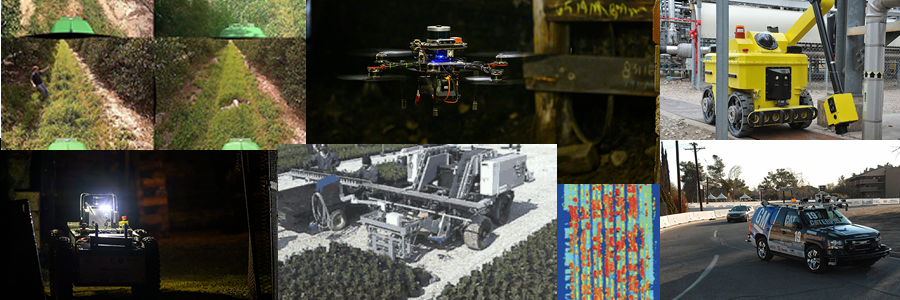
Teachers that have used Carnegie Mellon Robotics Academy curricula in the past such as the VEX Cortex Video Trainer and Introduction to Programming VEX IQ will find the same level of quality and support they have come to expect, along with some new innovations in an instructional style that allow students to more easily make progress at their own pace. Coding and Computational Thinking with VEX V5 is broken up into 7 different units. Each unit carries out a theme through innovative, problem-based challenges and activities that are directly related to a specific robot designed by Carnegie Mellon University's Robotics Institute. Within the units, students will engage with their robot and learn core concepts through step-by-step, media-driven instructional content, “Try It” remix activities, mini-challenges, “Check Your Understanding” questions, a culminating end-of-unit challenge to apply what they have learned, and an end-of-unit quiz.
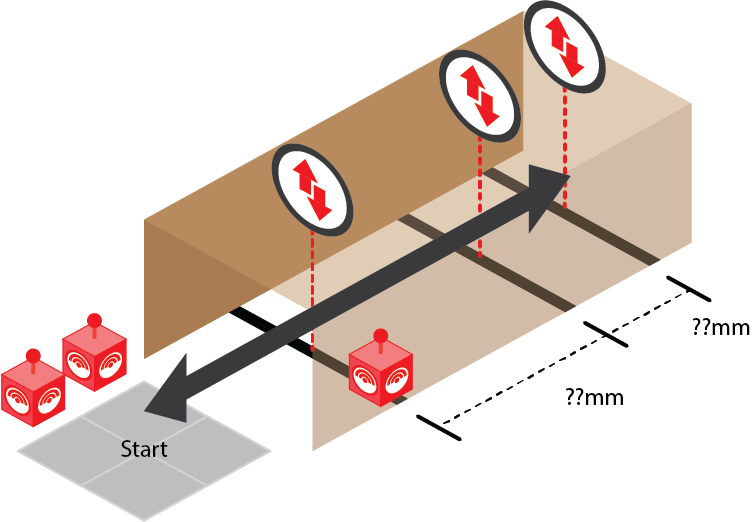
Training and Certification
Robotics is a powerful STEM organizer that allows for a diverse set of subjects to be integrated and taught in a rich context. Whether you’re a formal education teacher, an informal education facilitator, or a competition coach, if you’re looking to reach the most valuable and transferable learning outcomes with your students through robotics should enroll in the Carnegie Mellon Robotics Academy’s Certified Teacher Training. Full course details and schedule can be found here. A certified educator has the opportunity to offer the Carnegie Mellon Robotics Academy certification within their own classrooms and learning environments, providing the students with evidence of their valuable experience that they can showcase.
As part of the training, teachers also learn how to use the CS-STEM Network (CS2N.org) to create “Groups” with their students, track progress, and collect assignments.
Curriculum Unit Overview:
Unit 1: Robot Brain
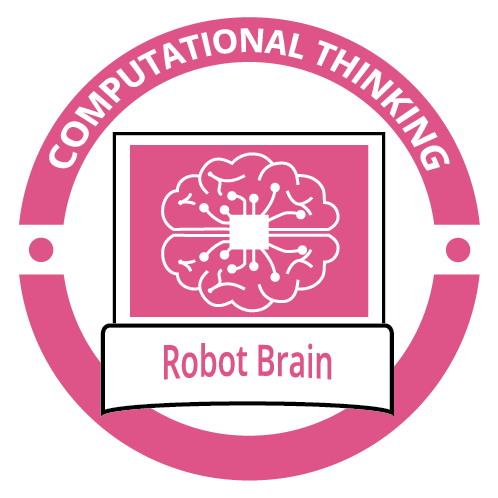 |
Students begin by learning simple programming commands and sequences on the VEX V5 Robot Brain. The Robot Brain is a user interface that students will learn to communicate to the robot with and learn their responsibility as a programmer on how to give the robot specific instructions. The final challenge in this unit is to design a smiley face on the screen of the Robot Brain by sequential programming. |
Unit 2: Robot Movement
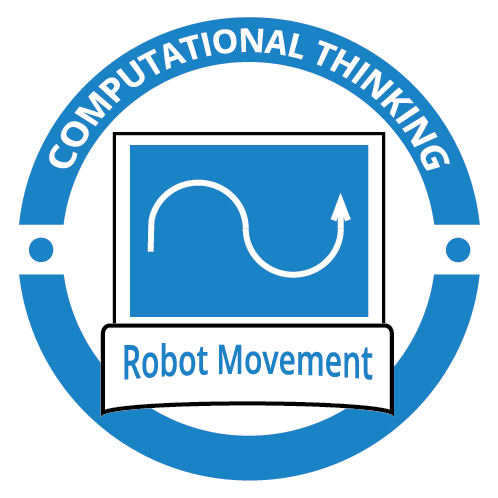 |
Students build on what they learned about sequential programming from the first unit in order to control basic movements of their robot and manipulate objects in its environment. As the coding gets longer and more complex, students will learn how to use decomposition to make problem-solving easier. In this final unit challenge, students are responsible for delivering multiple heavy construction equipment to an elevated work site. |
Unit 3: Wait Until
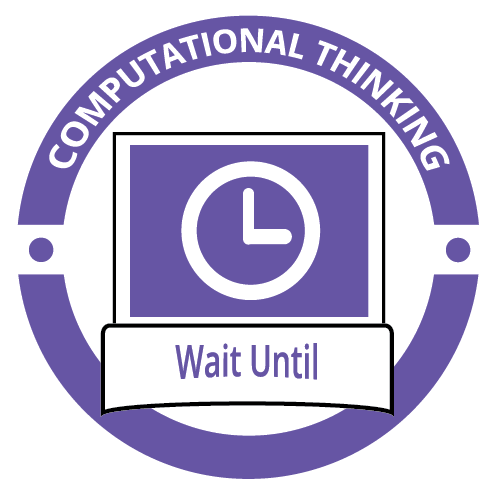 |
Sensors are what makes a robot a robot! In this unit, students learn how to program sensors so that their robot can detect obstacles and how to control program flow by having the robot wait until specific sensor values are detected. The task for this challenge is to program the robot to perform safety inspections of a hazardous environment that involves using sensors, the robot brain, and movement. |
Unit 4: Functions
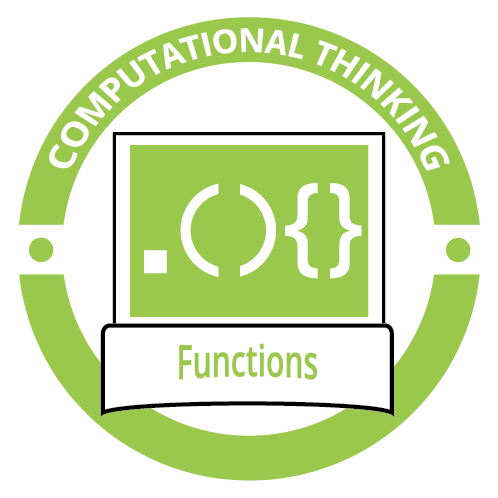 |
When coding gets complicated and hard to read, leave it to functions to save you from stress! In this unit, students will use abstraction to turn multiple lines of code into a special structure called a function, that can then be referenced many times within a program. This programming technique allows you to create shorter and easily maintainable programs! |
Unit 5: Loops
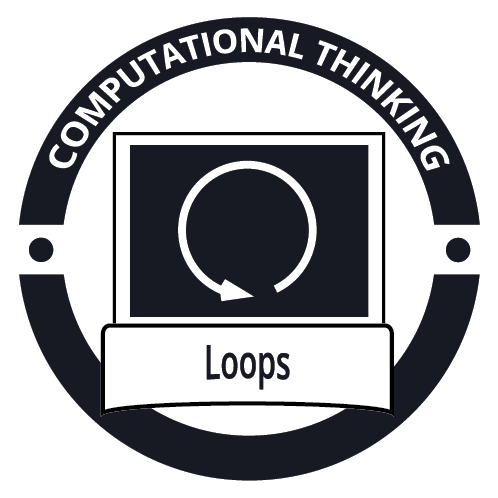 |
Problems that contain patterns can be solved by repeating a series of sequential commands. Students will learn how to recognize patterns and use several types of loops with different durations and conditions to repeat robot behaviors and ultimately develop solutions. The challenge in this unit is to see how many plants your robot can move to and from a field in 30 seconds or under! |
Unit 6: Conditional Statements
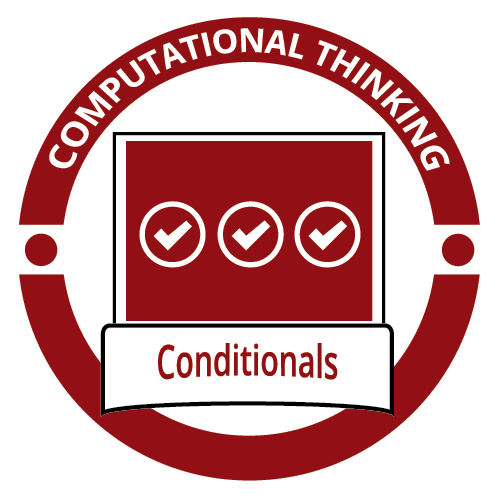 |
Students will learn how to enable the robot’s decision-making capabilities using conditional statements. Students will be able to control the robot’s actions and decisions by using sensor data it detects from its environment. The task for this challenge is to program the robot to autonomously drive through an orchard field using sensor data to determine where and how to drive. |
Unit 7: Subterranean Capstone Challenge
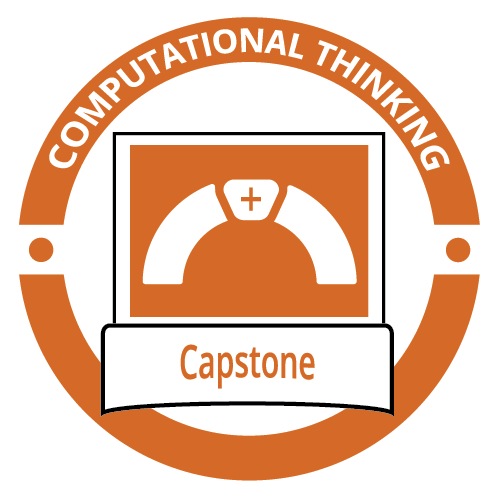 |
In the final unit, students apply their coding knowledge and computational thinking skills to decompose the Subterranean Capstone Challenge. In Part 1 of the challenge, students program a robot to go into an area with limited visibility and use sensors to detect key locations. In Part 2, they use that key location information to program the robot to deliver the necessary equipment. |
Feedback
Last, but not least, everything that we produce at the Carnegie Mellon Robotics Academy is with the intent of making it easier for educators to reach meaningful learning outcomes with their students. To that end, we worked with teachers who are already using V5 robots in their classrooms (a big THANK YOU to those who gave us feedback) to produce what’s available today. Our plan is to continue to make improvements to the curriculum over time, and any feedback you have to share would be greatly appreciated. Please send any and all feedback to this e-mail address so that it goes to all of our curriculum development team: y1k2b8h2f8s2j3h5@cmracademy.slack.com
